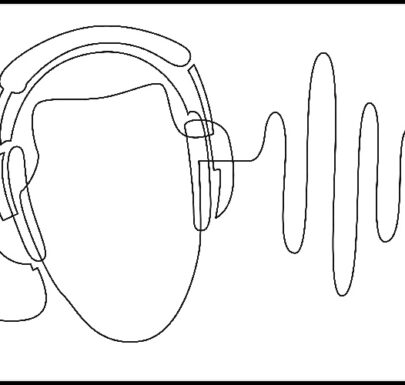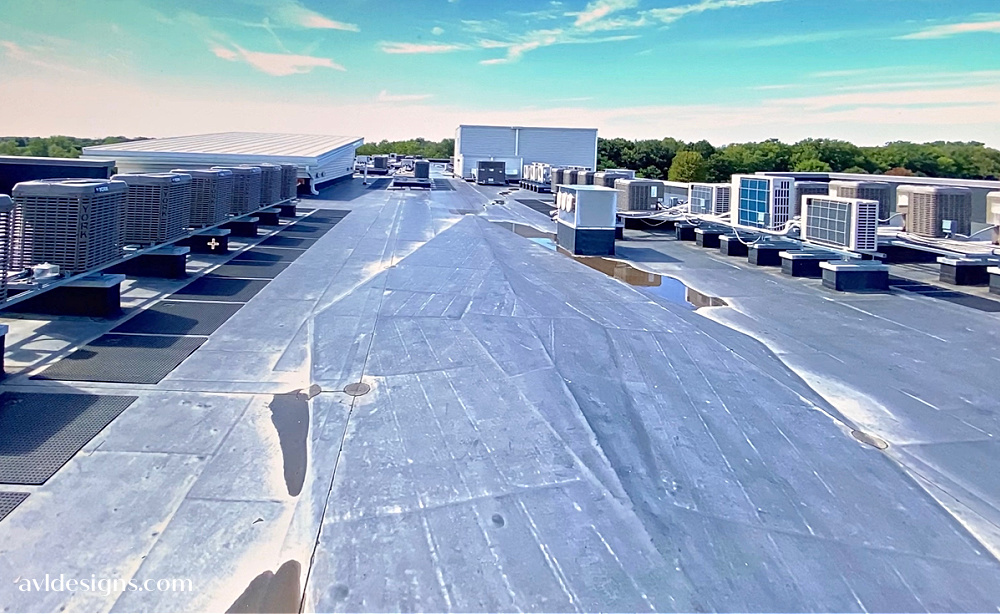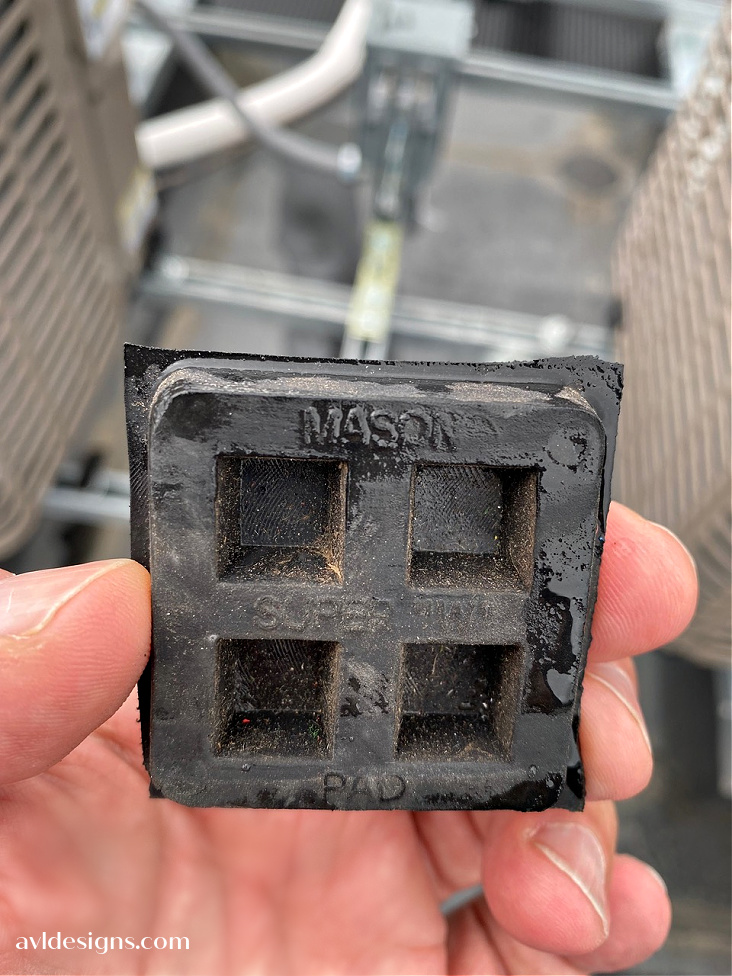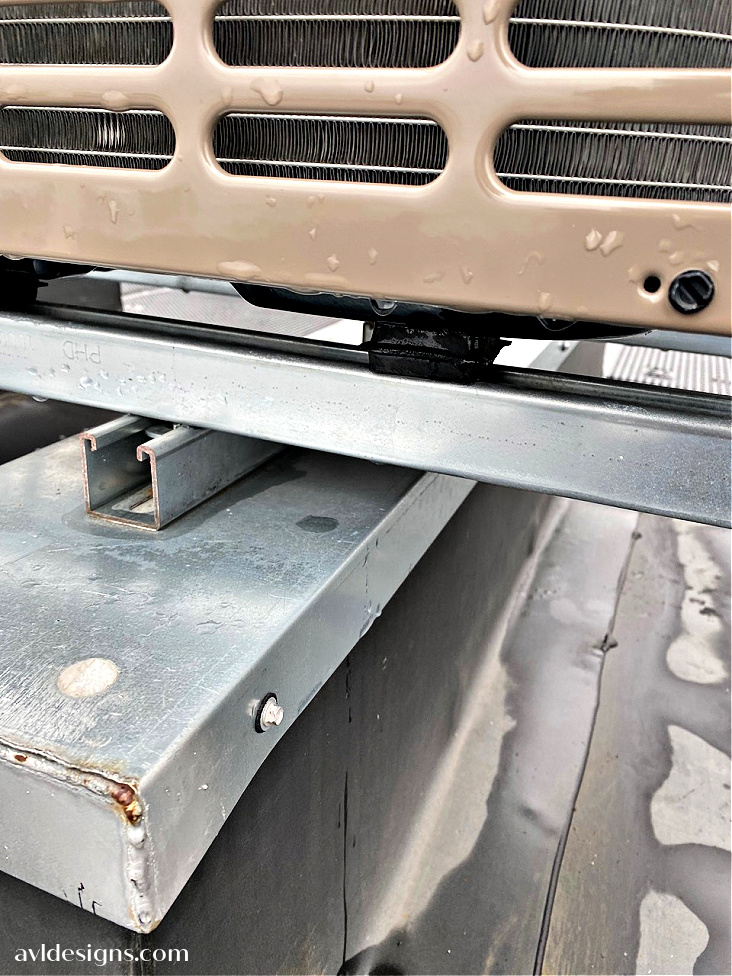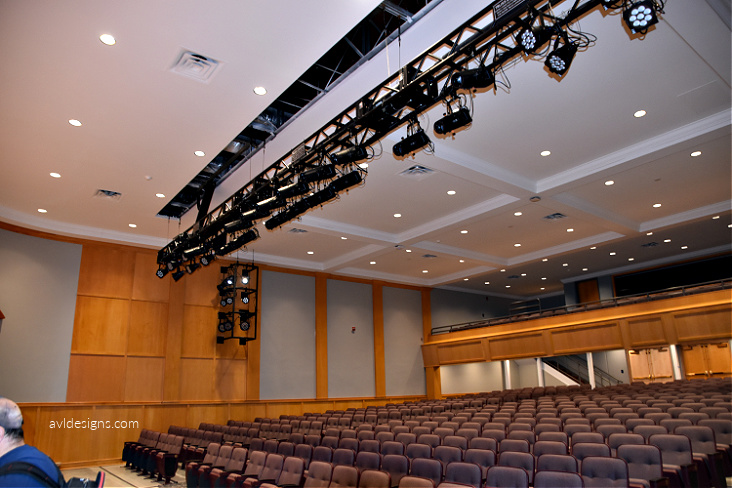Why Acoustical Doors Drive Me Crazy

So today we’re going to talk about a subject that kind of drives us crazy: acoustical doors.
In our experience over the years, we’ve designed a lot of projects. We’ve worked on many projects that called for the use of acoustical doors. Quite often, acoustical doors don’t work properly in the field. The ones that we specify are magnetically sealed, and they tend to work quite well. The ones that are compression sealed, however, do not.
Most recently I was asked by an architect to do some testing on a project that we did not design. There was a compression sealed door substituted for a magnetically sealed door. It was testing at NIC 38 but it was supposed to be a NIC 50. Why was that? Well, the door simply could not get enough compression to seal the seals.
The results in this instance were so poor because they were using a card swipe access system that would not allow that amount of compression. So, the customer was paying for 50 and getting 38, which is a dramatic loss. 10 Points is twice as loud……
And in this particular example, it was a vocal isolation booth in broadcast, so it was a big deal. What they needed to do was change the seals out to magnetic, which can be done in the field. It is an added cost and obviously contractors would be involved. Since it was not our project, we have no idea what they finally decided to do about it.
Why Mag Sealed Doors?
So, what I want to talk about is why magnetically sealed doors are used.
Our first example is your refrigerator. Your refrigerator has a mag sealed door on it because you want to keep the cold in and keep the heat out. Acoustics are the same thing. A magnetic sealed doorframe, like a refrigerator door, reaches out and grabs and the refrigerator frame, and that keeps the door closed.
In the case of a door that is used by the public, it must meet ADA* requirements. The door must have the proper opening effort to meet ADA. There are some magnetically sealed acoustical doors that do and there are some that do not. *ADA: Americans with Disabilities Act of 1990
When you get beyond about STC 45, you must go to a double magnetic seal. Most of those will not meet ADA requirements and would then require something like a motorized operator to open the door to meet ADA. If you want high performance doors, you are going to be using double or triple magnetic seal doors and they are not going to meet ADA. Good as they may be acoustically, they are not always usable.
We’ve had some clients who have chosen to go with compression seals because of the opening force, but they are often 10 dB or more lower than their rating because they don’t compress.
We show you something in this video (starting at about 3:00 on the meter) as we look at a door online and kind of walk through how it is assembled and the type of performance that you can expect out of it, if it is properly installed.
Our base spec is always centered around IAC Acoustics because of our experience with them in the past. (A picture is worth 1000 words, right? Well, In the video above you will see this and other examples and we explain them.) This door is an STC 43 but we have had field performance from this door closer to 47. Now they won’t rate it that way because they are very conservative, but we have had many of these in the field for quite a while and that has been what we have observed. Not only have these acoustic doors performed higher than the official rating, but they have also continued to perform that way as time goes on.
So, why do they perform so well? First of all, they are built completely assembled with hardware delivered. So, the contractor can simply set the door in place to the threshold and the walls and it is done. No one has to put assemble hardware in the field.
This door also uses a cam-lift hinge system. So, the door rises up in the air as it is opened so that it lets a yield pad compression seal at the bottom expand and then it compresses as it drops. You’ve got the magnetic seal around the perimeter which really is a very high performing seal.
Double Magnetic Seal Doors
Now let’s talk about situations where you need something beyond. In these cases you will be getting into a double magnetic seal door.
Again, it is kind of like your refrigerator. When you go to pull it open with a single magnetic seal, most people can open it, no problem.
If you had a double magnetic seal, and then added to that a cam lift hinge raising and lowering the door, you might not be able to get your refrigerator open. You have probably seen small children who cannot open the refrigerator, even with a single magnetic seal.
Double or even triple magnetic seal doors are used in higher performance music spaces such as recording studios giving them up to way beyond 51 with a triple magnetic seal. The doors also weight 300 Lbs Plus.
Now, the reason I think they go with the double seals is when you get into these thicker heavy doors, you’ve got issues with potentially leaks around the seals themselves, possibly due to the doors. The second seal would be there to close that up. I am not really sure why they cannot do that with a single seal with a really heavy door, but everything above 51 tends to be double magnetic seal. Then the really high-performance doors tend to be triples.
A word to the wise, if you really want a compression seal door to work, be prepared to have to lean on it with your body weight to close it. (also not ADA compliant) And then all of the tension when you do that is at the latch set. If your latch is the tension point for the door, it’s not holding it evenly around the perimeter. So you’re not necessarily going to get a compression seal that holds at the perimeter when all of your tension is at a latch set, which is where the mag seals come into place. The door is not being pressured to make it work.
In our opinion, mag seals are the only thing you can trust. Everything else we’ve tested has been sketchy at best. We have tested many doors over the years, we’ve had one or two with compression seals that came anywhere close to their spec. It just happened to be a very perfect, pristine installation and there is no guarantee that they’re going to stay that way.
Do take a couple of minutes to watch our video. It includes further explanation concerning the compression vs. mag sealed door decision and you will see why acoustic doors DRIVE ME CRAZY!
We hope this post and video help you avoid a disappointing result (and the frustrating and often costly need to make corrections after) as you create a sound-isolated space.
Do you know we are on YouTube? Stop by; subscribe and you will be notified when new videos post.
Copyright AVL Designs Inc 2022+







